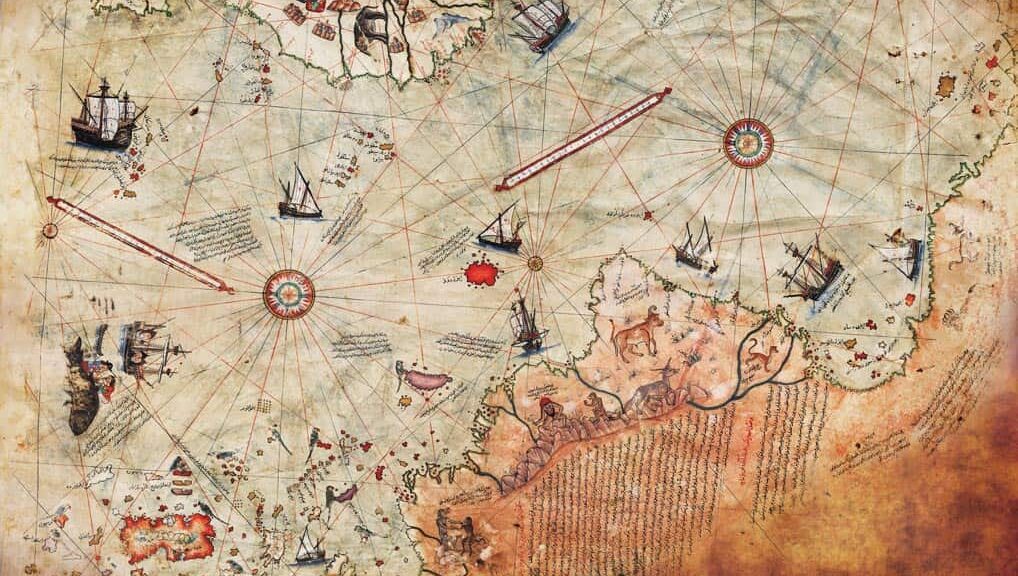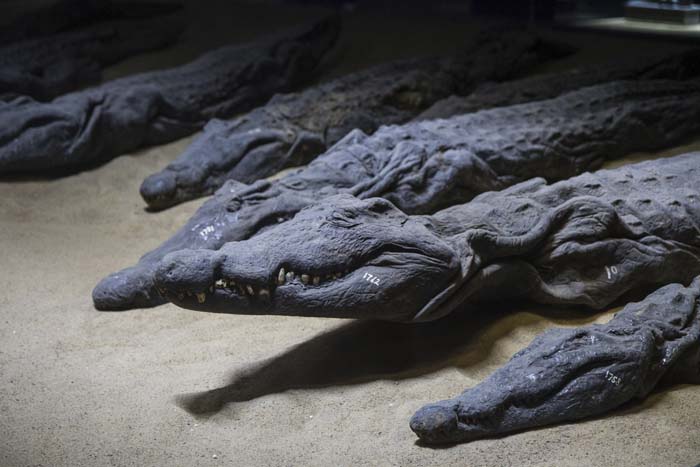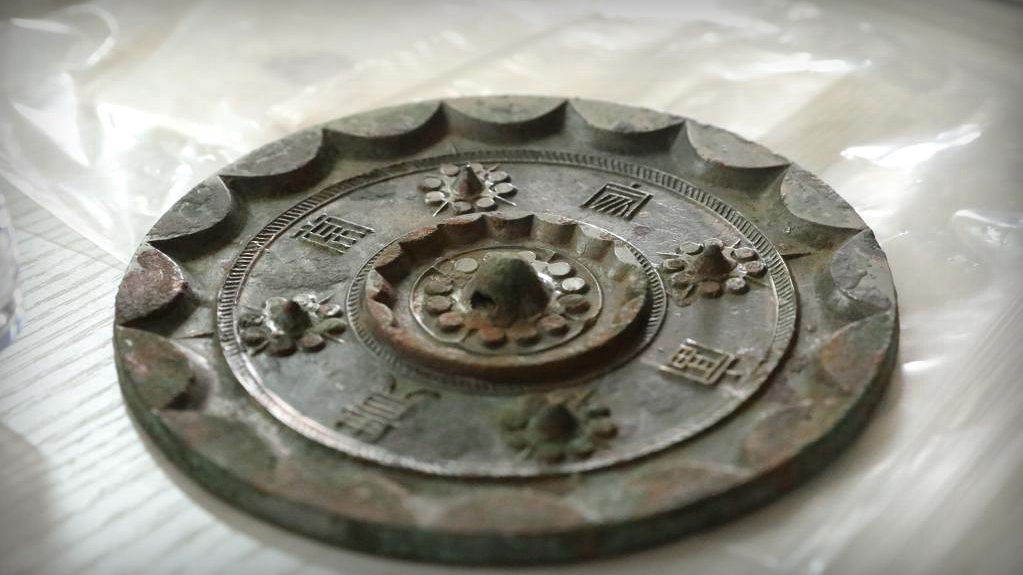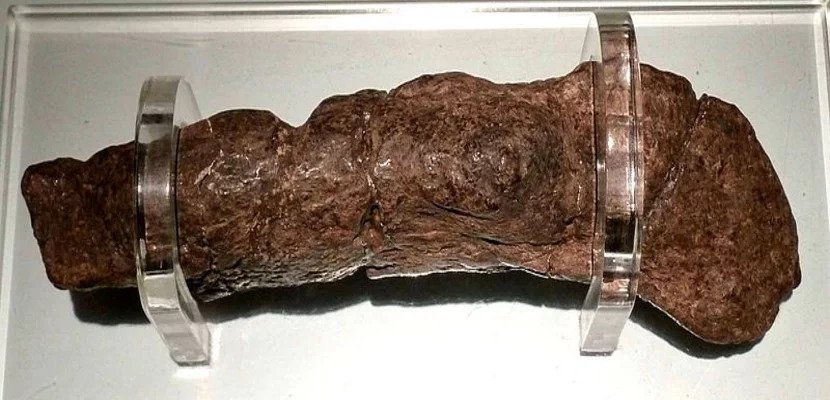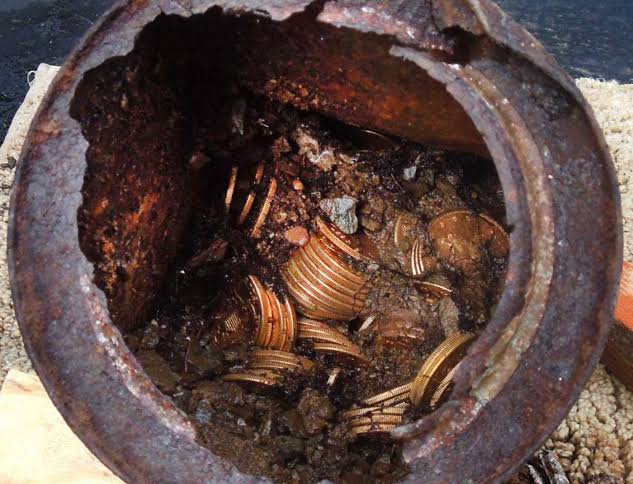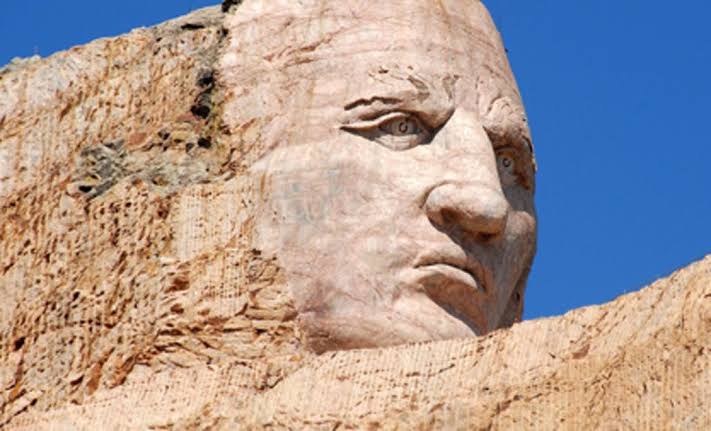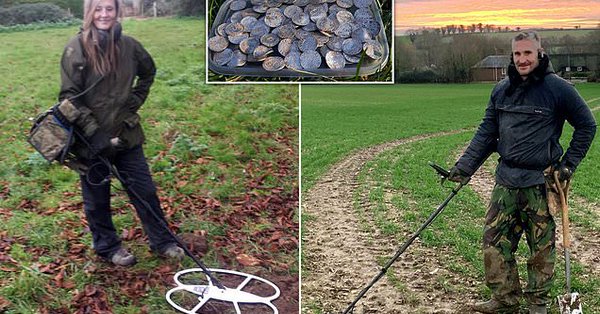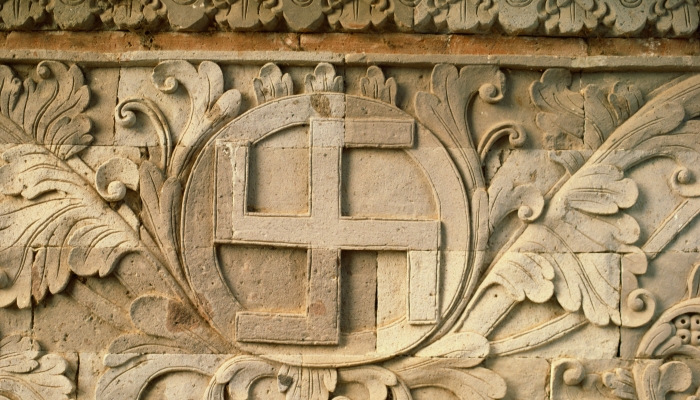500 Year Old Map Was Discovered That Shatters The “Official” History Of The Planet
The past of humanity is a mystery. We know very little, and much of what we believe we know is rapidly changing as new knowledge emerges that challenges our existing paradigm.
Our world is also no stranger to unexplained mysteries, and there are numerous examples of verified phenomena, ancient monuments, books, teachings, understandings, and more that lack any explanation and counter what we’ve already been taught. We are like a race with amnesia, able to put together small bits and pieces of our history yet unable to fit it all together. There are still many missing pieces to the puzzle.
One great example is the Piri Reis map, a genuine document that was copied at Constantinople in AD 1513 from older documents and discovered in 1929. It focuses on the western coast of Africa, the eastern coast of South America, and the northern coast of Antarctica. It was drawn by Admiral Piri Reis of the Ottoman era, a well-known historical figure. He made a copy of the map, which was originally drawn based on documents that date back to at least the fourth century BC, and on information obtained by multiple explorers.

Why the Map Is So Compelling

One of the most compelling facts about the map is that it includes a continent that our history books tell us was not discovered until 1818.
Secondly, the map depicts what is known as “Queen Maud Land,” a 2.7 million-square-kilometre (1 million sq mi) region of Antarctica, as it looked millions of years ago. This region and other regions shown on the map are thought to have been covered completely in ice, but the map tells a different story, showing them free of ice, which suggests they passed through a long ice-free period that may not have ended until around six thousand years ago, conflicting with current research on these areas. Today, geological evidence has confirmed that this area could not have been ice-free until about 4000 BC.
Official science has been saying that the icecap that covers the Antarctic is millions of years old. The Piri Reis map shows that the northern part of that continent had been mapped before the ice did cover it, which means that it was mapped a million years ago — but that’s impossible since mankind did not exist at that time. Quite the conundrum, isn’t it?
Professor Charles Hapgood, who was a university history professor, wrote to the United States Air Force Reconnaissance Technical Squadron (SAC) and they also confirmed that “this indicates the coastline had been mapped before it was covered by the ice-cap.” They also went on to state that “we have no idea how the data on this map can be reconciled with the supposed state of geographical knowledge in 1513.”
Here’s what Hapgood had to say about it in his book Maps of the Ancient Sea Kings:
It appears that accurate information has been passed down from people to people. It appears that the charts must have originated with a people unknown and they were passed on, perhaps by the Minoans and the Phoenicians, who were, for a thousand years and more, the greatest sailors of the ancient world. We have evidence that they were collected and studied in the great library of Alexandria (Egypt) and that compilations of them were made by the geographers that worked there.
Furthermore, the map is very detailed and includes mountain ranges in the Antarctic that were not even discovered until 1952.
“His idea is original, of great simplicity, and – if it continues to prove itself – of great importance to everything that is related to the history of the Earth’s surface.”
– Einstein on Hapgood’s interpretations of the map (From a forward Einstein wrote for Hapgood in one of his books)
Hapgood and mathematician Richard W. Strachan have also provided more mind-boggling information. For example, a comparison with modern-day photographs taken from satellite images shows remarkable similarities; the originals of Piri Reis’ maps might well have been aerial photographs taken from a very high height. I’ll let you think about that for a second. How is that possible for a map that was made millions of years ago?
“A spaceship hovers high above Cairo and points its camera straight downward. When the film is developed, the following picture would emerge: everything that is in a radius of about 5,000 miles of Cairo is reproduced correctly because it lies directly below the lens. But the countries and continents become increasingly distorted the farther we move our eyes from the centre of the picture.
Why is this? Owing to the earth’s spherical shape, the continents away from the centre‘ sink downward.’ South America, for example, appears strangely distorted lengthways, exactly as it does on the Piri Reis maps! And exactly as it does on the photographs taken from the American lunar probes.”
– Erich von Däniken, Chariots of the Gods
Changing Our View of The Past
The fact that this ancient map could have been made with some sort of aerial technology is quite a thought, isn’t it? Even if this isn’t an option, who had the technology to undertake such an accurate geographical survey in Antarctica two million years ago? How would they have known to detail the map as if it were taken from above, with knowledge about the Earth’s shape?
It remains a mystery how the Sumerians, Mayans, and others were aware of celestial bodies in space, for instance, that are impossible to detect without modern technology and could make calculations based on that awareness.
This map is another example of just such a mystery and suggests that the existence of some sort of ancient advanced civilization, with all the tools (or possibly more) of modern-day civilization, is indeed plausible.
For more detailed information regarding this truly fascinating map, I suggest you check out Graham Hancock’s Fingerprints of the Gods.
I’d also like to mention that this map is part of a very large body of evidence suggesting that extremely intelligent, very advanced ancient civilizations once inhabited the Earth.
